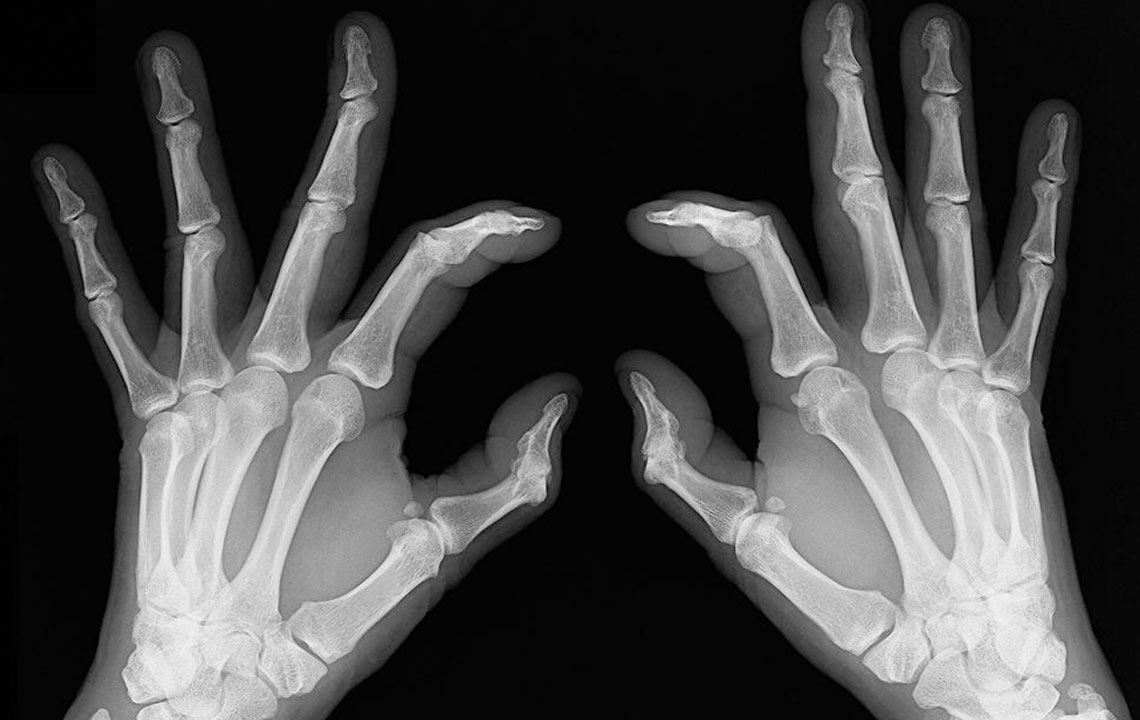Comprehensive Guide to Recognizing Early Symptoms and Warning Signs of Psoriatic Arthritis
Recognizing early symptoms of psoriatic arthritis is vital for timely treatment. This extensive guide details the common signs, such as sausage-like finger swelling, tendon pain, and morning stiffness, helping patients identify the condition early. Early diagnosis prevents joint damage and improves quality of life with proper medical intervention. Learn how to spot these warning signs and understand the importance of early medical consultation to manage psoriatic arthritis effectively.

Understanding the Initial Symptoms and Precursors of Psoriatic Arthritis
Psoriatic arthritis (PsA) is a chronic autoimmune condition that often develops in individuals who already suffer from psoriasis, an inflammatory skin disorder characterized by rapid skin cell proliferation leading to the formation of characteristic skin lesions and plaques. This joint inflammation disease can significantly impair quality of life if not diagnosed and treated early. Approximately 30% of people with psoriasis are at risk of developing psoriatic arthritis, which results from the immune system mistakenly attacking healthy joint tissues, causing inflammation, swelling, and pain. Early detection is crucial because timely intervention can prevent the progression to permanent joint damage and deformity.
Symptoms of psoriatic arthritis may develop gradually over months or appear suddenly, which emphasizes the importance of recognizing early warning signs. Patients often overlook these symptoms initially, considering them minor or related to other causes, which can delay diagnosis. The hallmark symptoms include persistent joint swelling, pain, stiffness, and tenderness. Noticing these signs early and seeking prompt medical evaluation can greatly improve disease management and outcomes.
Swollen fingers and toes that resemble sausages, known medically as dactylitis, indicating significant inflammation
Persistent pain, especially around tendons and areas where ligaments attach to bone, such as the Achilles tendon or the bottom of the feet
Back discomfort or stiffness localized between the pelvis and the spine, often mistaken for muscular strains but potentially linked to joint inflammation
Morning stiffness and reduced mobility after periods of inactivity, which tend to improve with movement
It is essential to monitor these symptoms, particularly the sausage-like swelling, as it signifies active inflammation. Early consultation with a healthcare provider can lead to diagnostic assessments like blood tests, imaging, and physical examinations to confirm psoriatic arthritis. Recognizing these early signs can allow for early intervention, which has been shown to significantly improve long-term joint health and overall disease control. If left untreated, psoriatic arthritis can cause irreversible joint damage, deformity, and diminished quality of life, making awareness and prompt action vital for anyone living with psoriasis or experiencing related symptoms.





